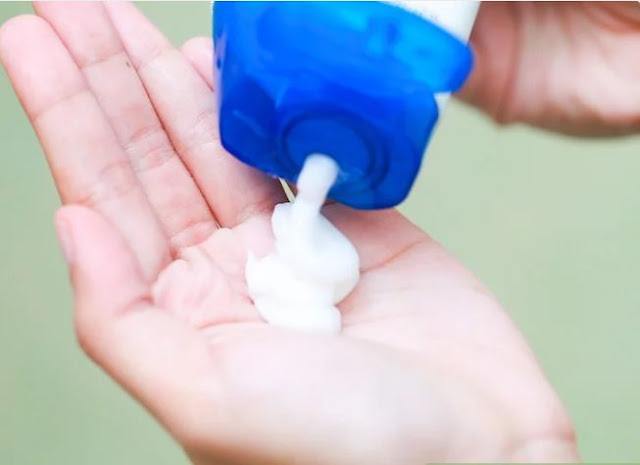How to Get Natural Beauty
We try to look beautiful, but sometimes end up looking a tad artificial.
This article not only highlights the ideals of a natural beauty but
also reflects on enhancing yourself, body, and mind.
1. Believe That You Are Beautiful. There is nothing more
beautiful than that. The most efficient way is by eating a balanced
diet and also getting plenty of exercise. Start by walking with friends,
taking up dancing, or start to jog around the block every day.
2. Clear Up Your Skin. Embrace your face. Learn to accept and love your skin even if it is not clear or even toned. You can use natural products such as shea butter for more even skin tone, rosemary oil for acne, tea tree oil for inflamed acne, and witch hazel for a calming affect on redness. Just add a few drops to your nighttime moisturizer. Supplement by adding more veggies and fruit to your diet and getting plenty of vitamins D and C. Remember to exfoliate your skin no more than 3 times a week. Don't over exfoliate because it will make your face go flaky and red. Rinse your face in the morning with cool water and use a cleanser that doesn't contain alcohol. Place the cleanser in a small spray bottle for a light misting that you can use throughout the day and follow with a moisturizing face cream with a sunblock.
3. Have Healthy Hair. If you want to dye your hair (which always makes your hair stand out and is a great way to change up your look) opt for ammonia-free kits or ask your colorist or stylist at your salon to use ammonia free or "gentle" concoctions. Ask for a semi or demi-permanent dye and always embrace your hair colour and texture. No hair type is unattractive. Avoid curling/flat irons.
4. Brush Those Pearly Whites. Brush your teeth at least twice a day,
follow with a restorative mouth wash. Floss at night before you go to
bed, and chew sugar-free gum after meals to promote saliva flow which
ultimately lessens the probability of cavities because it prevents
plaque acid. Be sure to see your dentist twice a year for checkups and a
cleaning. To keep teeth white, drink strong acidic drinks (such as
coffee and soda) through straws to prevent corrosion of the enamel.
5. Go makeup free. Lots of makeup is tested on animals and is bad for your skin in the long term.
6. Get some exercise. Be body conscious, but never obsess. You don't need the fancy diet programs advertised on TV nor do you need to belong to those health clubs that are popping up everywhere. Just do you. Exercise what you enjoy. That's why it's called exercise, which originally meant "the act of employing or putting into play". So if you like to walk your dog, run, hike, bike, dance, or even watch Richard Simmons. Do what makes you move and what you enjoy. Exercise also makes you feel more confident and happy because it releases hormones called endorphins.
7. Get enough sleep. Sleep! Sleep! Sleep! It is wonderful and we don't do it nearly enough. Aim for the bare minimum 6 and a half hours of sleep and shoot for 9-10 hours. Set a regular bedtime such as 21:00 and don't eat two hours before bed, stay away from caffeine. If you have a cup of coffee an hour before bed... you're in for a restless night. If you have a hard time falling asleep, systematic relaxation techniques are wonderful. Start at your feet and tense the muscles in your feet for a count of 5 seconds and relax. Proceed up the body tensing and releasing the leg, buttocks, stomach, arms, hands, neck, and face muscles through counts of 5 seconds. If you have racing thoughts imagine that your thoughts are fish and you are catching them in a slow moving stream. Acknowledge that they are there and then send them on their way, Relaxing meditation music on YouTube is very useful to. Finally, melatonin is a natural supplement that aids in relaxation and sleep. This should be reserved for individuals who have a very difficult time with sleep and are considering going on medication. Try melatonin first. It is naturally occurring, and non-habit forming.











































































